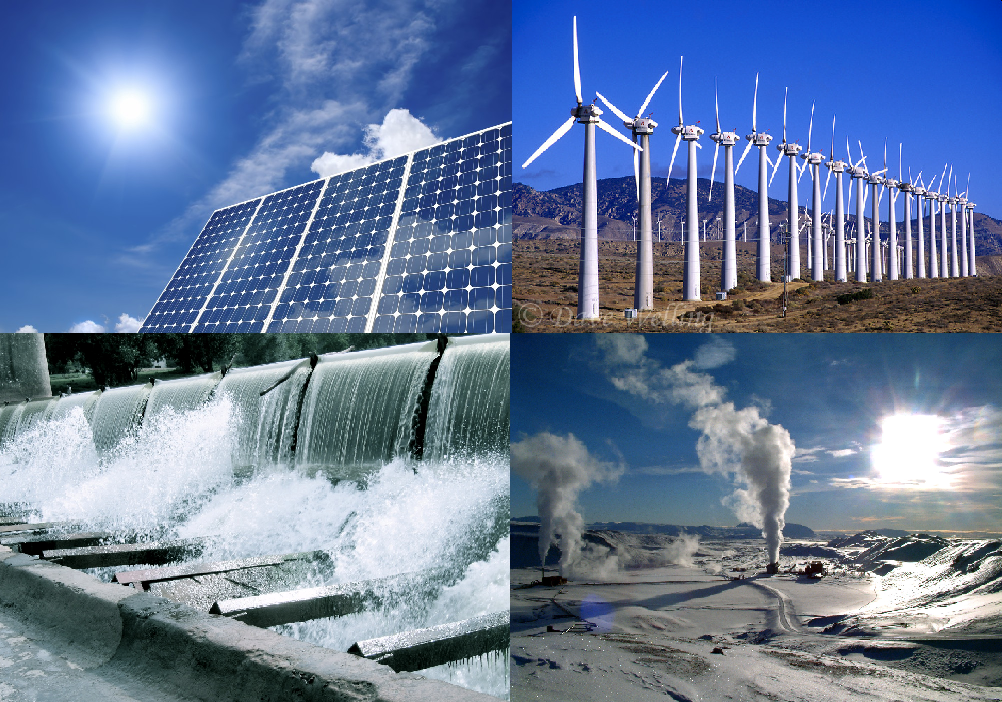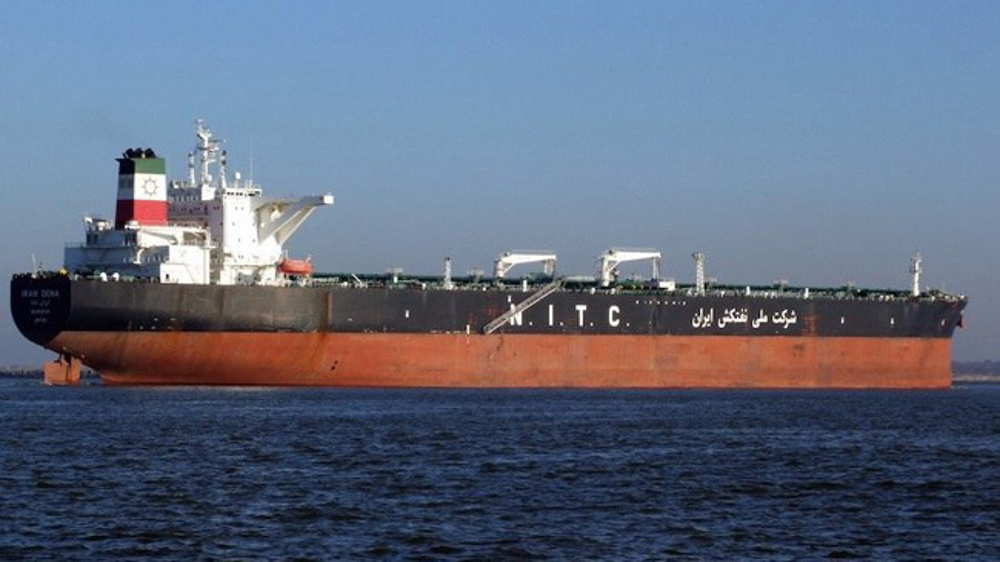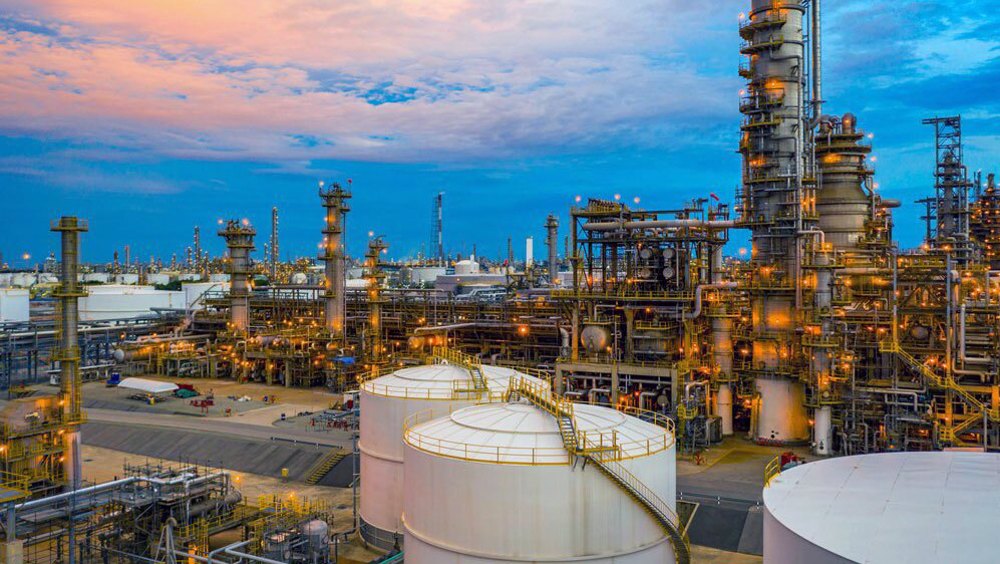Role of renewables in future of Iran’s energy dilemma
The abundance of renewable resources such as solar, wind, biomass and geothermal energy in Iran, where the national power grid is under growing stress from runaway demand, is so great that its development and expansion is inevitable.
Iran's Vision plan calls for introducing 10 gigawatts (GW) of renewable electricity into the national grid by the end of 2025, but data released by Iran's Renewable Energy and Energy Efficiency Organization (SATBA) in July showed the overall installed capacity stood just shy of 1.2 GW.
Iran faces annual electricity consumption increases of 5-7 percent. It experienced a peak shortage of more than 19.7 GW this summer as scorching heat wave persisted across much of the country which saw consumers crank up air conditioners.
The gap was the widest where demand hit an all-time high of 79.8 GW while total generation stood at 63-64 GW, according to Mostafa Rajabi Mashhadi, head of Iran's power company TAVANIR.
Iran's hydroelectricity output falls at the steepest pace in the waning days of the summer when the water behind dams is chiefly saved for drinking and agricultural use.
Temperatures normally drop in the run-up to the last month of the summer season, but the country suffered an unusually prolonged period of hot weather this year, where the mercury reached highs of more than 50 degrees Celcius in places such as southern Iran.
Nevertheless, electricity shortfall has become something of endemic in recent years where production which is a prerogative of the state and the private developers is the weak link.
Experts have identified several factors contributing to the current situation, including inadequate investment in the power sector, a lack of power plant development and an aging production and transmission infrastructure.
Part of the problem, however, relates to Iranian consumers who use up electricity three times more than the global average. Iranians also consume natural gas six times more than the global per capita average, according to official figures.
Experts attribute this to exorbitant subsidies doled out by the government. Iran's energy subsidies have fluctuated between $30 billion and $137 billion during the last decade, according to International Energy Agency (IEA) estimates. This vast variation is mainly driven by fossil fuel prices in the international markets.
Energy product subsidies in Iran are among the highest in the world. The subsidized energy system of Iran, with its high financial burden, has failed to achieve its intended economic goals, resulting in increased energy consumption and pollutant emissions.
One recent phenomenon factoring cumbersomely in the shortfall is an out-of-bounds influx of Afghans, unofficially put in the upwards of several millions, which is painfully straining Iran’s resources.
The cost of subsidies for renewables is a drop in the ocean compared to the subsidies given to fossil fuels – a fact that has prompted the International Energy Agency to call for an end to fossil fuel subsidies.
Due to its rich resources and suitable geographical location, Iran can play an important role in the future of clean and sustainable energy in the region and the world.
With more than 300 sunny days per year and an average annual solar radiation of about 5.5 kilowatt hours per square meter per day, there is 10 GW of capacity for solar power generation. The installed capacity of solar power plants in Iran stood at about 500 MW by the end of 2022.
Meanwhile, Iran's northwest, northeast and south coasts of the country have good potential for installing wind turbines, where available operation capacity and potential is estimated at 100 MW. In 2022, just around 300 MW of wind power capacity had been installed.
Iran's geothermal resources are mostly concentrated in its northwest where its first plant is being built in Meshginshahr with a capacity of five megawatts. However, there is potential for 240 MW of geothermal power with more investment and development.
Biomass is another renewable energy type which uses organic matter such as agricultural, industrial and urban waste to make fuel or generate electricity. The share of biomass in Iran’s energy mix is currently paltry and requires the development of related technology and infrastructure.
Nuclear energy is also one of the powerful and clean sources. Iran's nuclear energy production is on a continuous expansion trajectory where the first nuclear power plant, generating 1,000 megawatts (1 GW) of electricity, began operation in the port city of Bushehr in 2013.
By 2041, the country seeks to produce 20 GW of nuclear energy.
Sirens sound across Tel Aviv as Hezbollah fires barrage of missiles at Israeli target
Israeli ‘archeologist’ who toured south Lebanon in military uniform to falsify history
The important of Venezuela for Iran
Iran beats traditional rival Russia in freestyle and Greco-Roman wrestling friendly
Rape trials trigger protests against French ‘sexist and misogynistic’ culture
US photographer opens Berlin exhibition with anti-Israel speech
VIDEO | Press TV's News Headlines
VIDEO | US 'non-profit killer’ bill targets pro-Palestinian groups










 This makes it easy to access the Press TV website
This makes it easy to access the Press TV website